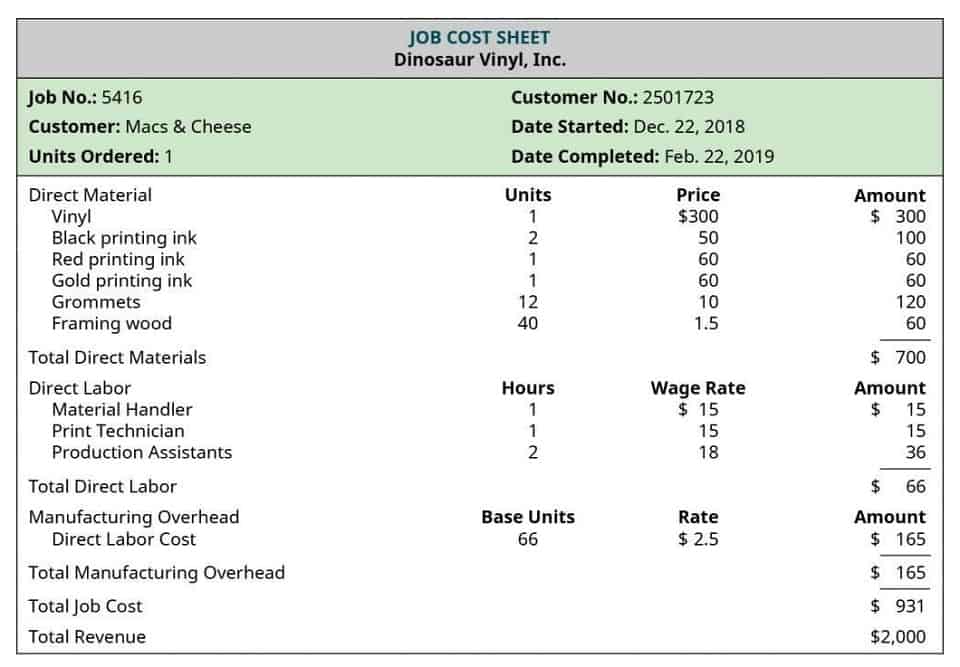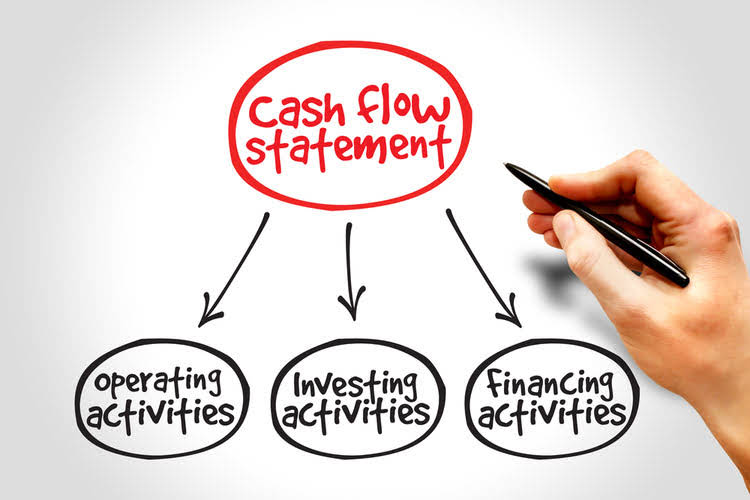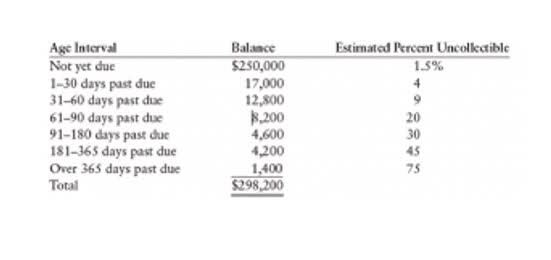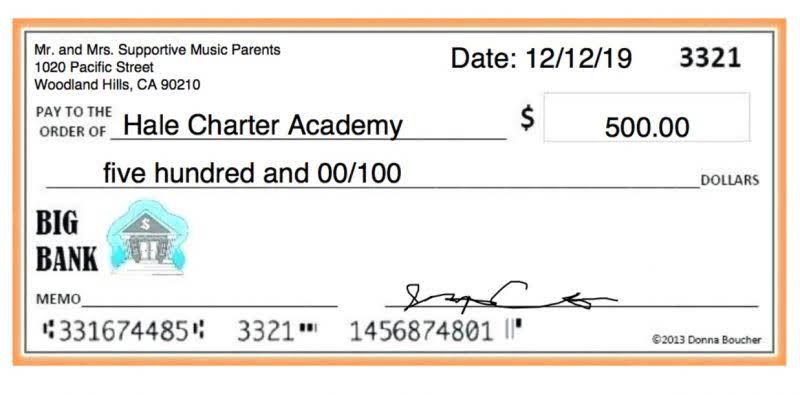Accounts payable is short-term debt that a company owes to its suppliers and creditors. The accounts payable turnover ratio can reveal how efficient a company is at paying what it owes in the course of a year. Accounts payable and its management is important for the efficient functioning of your business. As a result, the suppliers would provide goods or services without any interruption.
Upon receipt of the goods, the company records the details of the shipment, including any discrepancies in quantity and damage via a receiving report. For example, the purchased items could have arrived in poor condition or the wrong quantity could have been sent. The purchase order (PO) document specifies the desired merchandise, quantities, and prices, and serves to initiate the order transfer (i.e. the goods move from the supplier to the customer).
Balance Sheet Assumptions
Alternatively, a decreasing ratio could also mean the company has negotiated different payment arrangements with its suppliers. Then, divide the total supplier purchases for the period by the average accounts payable for the period. Calculate the average accounts payable for the period by adding the accounts payable balance at the beginning of the period to the balance at the end of the period.
Use Accounts Payable Software
A company that misses payments runs the risk of turning its outstanding debt, or short-term credit, into bad debt, which can hurt its liquidity. As with all financial ratios, it’s useful to compare a company’s AP turnover ratio with companies in the same industry. That can help investors determine how capable one company is at paying its bills compared to others. Upon receipt of the cash payment, the recorded accounts payable balance will reduce accordingly (and the balance sheet equation must remain true).
With over 5 years of writing experience, Josh brings clarity and insight to complex financial and business matters. Determine the average Accounts Payable by adding the beginning and ending AP, then dividing by two. Begin by noting down the opening balance of the Accounts Payable for the period (Beginning AP).
What Is the Accounts Payable Process?
Furthermore, it is recorded as current liabilities on your company’s balance sheet. To calculate the accounts payable turnover in days, divide 365 days by the payable turnover ratio. Understanding the time it takes to pay suppliers also helps indicate the creditworthiness of an organization – and make the necessary improvements to improve cash flow and creditworthiness. Whenever the turnover ratio rises, the business pays its vendors more quickly than in prior eras. A growing ratio indicates that the corporation has enough cash on hand to pay down its brief debt on time. As a result, a rising accounts payable turnover ratio may show that the firm is successfully managing its liabilities & working capital.
These examples show you how your Accounts Payables can inform your company’s overall financial management, affecting everything from cash flow to supplier relationships and operational efficiency. If your business uses cash accounting, transactions are recorded only when cash changes hands. This means that expenses aren’t recorded when they’re incurred but rather when they’re paid. Consequently, there wouldn’t be an “Accounts Payable” in the same sense, because liabilities aren’t recognized until the payment is actually made. The debit offset for this entry generally goes to an expense account for the good or service that was purchased on credit.
Low AP Ratio
These amounts are often a result of purchasing on credit, a common business practice that allows companies to buy goods now and pay for them later. It’s also important to note that unlike adding AP headcount, AP automation solutions like Centime can quickly scale with business growth without the hefty price tag and extended onboarding timelines. Teams can also quickly xero airbase integration adapt their platform to meet new needs in the event of a company merger or acquisition. Automation also reduces turnaround times and enables organizations to access real-time data to quickly reveal potential problems with vendors. These benefits lead to better accuracy and more efficiencies across the AP workflow. Here’s an example of how an investor might consider an AP turnover ratio comparison when investigating companies in which they might invest.
Therefore, over the fiscal year, the company takes approximately 60.53 days to pay its suppliers. Therefore, the number of days needed by the company to complete supplier invoices is estimated to be ~110 days on average, as of Year 0. To elaborate on the forecasting of the accounts payable line item in financial modeling, the payables line item is usually tied to COGS in most models, especially if the company sells physical goods. The fewer customer payments owed to a company, the less liquidity risk attributable to a company (and vice versa). But companies are incentivized to retain the cash on hand for as long as possible, and extend the payment process. As a result, there will be irs enrolled agent salary no need for you to manually enter or upload all your invoices, and your purchase and payment process would also get automated.
- Therefore, the concept of trade payable is deemed a subset of accounts payable, which is more comprehensive in terms of the short-term payment obligations that comprise the line item.
- Meaning it represents the aggregate amount of short-term obligations that you have towards suppliers of goods or services.
- However, if you have a large number of accounts payable, you’ll first record the individual accounts payable in a sub-ledger.
- We’ve listed the above professionals based on their responsibilities, with accounts payable clerks being the most hands-on and operational (usually entry-level).
The change in accounts payable is recorded on the cash flow statement (CFS) in the cash flow from operating activities (CFO) section. The balance sheet, or “statement of financial position”, is one of the core financial statements that offers a snapshot of a company’s assets, liabilities and shareholders equity at a specific point in time. The accounts payable (AP) line item is recognized as a current liability on the balance sheet prepared under U.S. If a company is owed more payments in the form of cash from customers that paid using credit, the “Accounts Payable” account is credited to reflect the increased obligation. Ensuring that accounts payable are paid on time will help strengthen your company’s relationship with your suppliers. In return, the suppliers will likely offer attractive discounts so that you can save more and stay connected with the supplier.





























